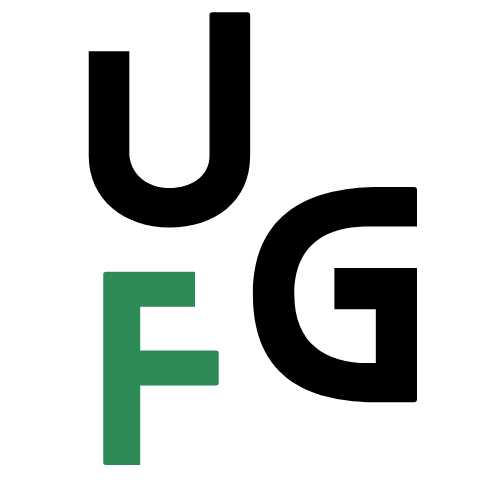Introduction
Private Mortgage Insurance (PMI) plays a crucial role in the real estate finance industry. It is a type of insurance required by lenders when borrowers can’t provide a 20% down payment on their home purchase. PMI protects the lender in case the borrower defaults on their mortgage payments. In this article, we will delve into the details of PMI, understanding its impact on borrowers and the considerations involved.
What is Private Mortgage Insurance (PMI)?
Private Mortgage Insurance (PMI) is a financial product that protects lenders in case borrowers default on their mortgage payments. It allows borrowers to secure a mortgage with a down payment lower than 20% of the home’s purchase price. The insurance provides a safety net for lenders, compensating them for potential losses resulting from a foreclosure.
The Purpose of PMI
PMI addresses the risk lenders face when offering mortgage loans with lower down payments. By requiring PMI, lenders can offer mortgages to borrowers who may not have sufficient savings for a large down payment. This widens the pool of potential borrowers and promotes homeownership opportunities for individuals who can afford the monthly mortgage payments but lack significant upfront funds.
How Does PMI Work?
When a borrower obtains a mortgage with less than a 20% down payment, the lender may require PMI. The borrower typically pays the PMI premium added to their monthly mortgage payment, making it more affordable to qualify for a loan. The premium amount usually ranges from 0.5% to 1% of the loan amount per year and is calculated based on factors such as the loan-to-value ratio (LTV) and the borrower’s credit score.
Benefits of PMI for Borrowers
- Access to Mortgage Loans: PMI enables borrowers to secure mortgage loans with a smaller down payment, giving them a chance to become homeowners sooner.
- Lower Monthly Payments: Paying PMI allows borrowers to spread out the cost of homeownership over time instead of waiting to accumulate a larger down payment.
- Potential Tax Deductions: In some cases, PMI premiums may be tax-deductible, which can help offset the additional cost.
Drawbacks of PMI for Borrowers
- Extra Cost: PMI adds an additional expense to the monthly mortgage payment, increasing the overall cost of homeownership.
- No Equity Build-Up: Until enough equity is built, the borrower’s payments primarily go toward interest and PMI premiums, rather than building equity in the home.
- Difficult to Remove: PMI can be challenging to remove, and borrowers may need to meet specific requirements to cancel the insurance.
How to Remove PMI
As a borrower, it’s essential to understand how to remove PMI to avoid unnecessary expenses. There are several ways to eliminate PMI, depending on the situation:
- Reaching 20% Equity: Once the borrower reaches 20% equity in the home, either through principal payments or appreciation, they may request the removal of PMI.
- Loan Amendment: If the borrower believes their home value has increased substantially, they can request an appraisal to prove the loan-to-value ratio is below 80%. If successful, the lender may remove PMI.
- Refinancing: Another option is refinancing the mortgage to get rid of PMI. If the home value has increased enough, the borrower can refinance for a loan that doesn’t require PMI.
The Impact of PMI on Borrowers
Understanding the impact of PMI on borrowers is crucial for making well-informed financial decisions:
- Affordability: PMI allows borrowers to purchase a home with a smaller down payment, making homeownership more accessible. However, it’s essential to consider the added cost of the insurance when determining affordability.
- Long-Term Costs: Borrowers should evaluate the long-term costs of PMI, considering factors such as the loan term, premium amount, and potential appreciation in home value.
- Investment Potential: Depending on the real estate market conditions, borrowers may prioritize building equity faster or investing in other opportunities with the funds that would otherwise be spent on PMI.
Conclusion
Private Mortgage Insurance (PMI) serves as a valuable tool for lenders and borrowers. It enables borrowers to secure a mortgage with a smaller down payment, allowing them to become homeowners sooner. While PMI adds extra costs, it also provides opportunities for individuals who are unable to provide a 20% down payment.
Understanding the impact of PMI and the options for its removal can help borrowers make informed decisions to minimize unnecessary expenses and maximize their homeownership experience.







